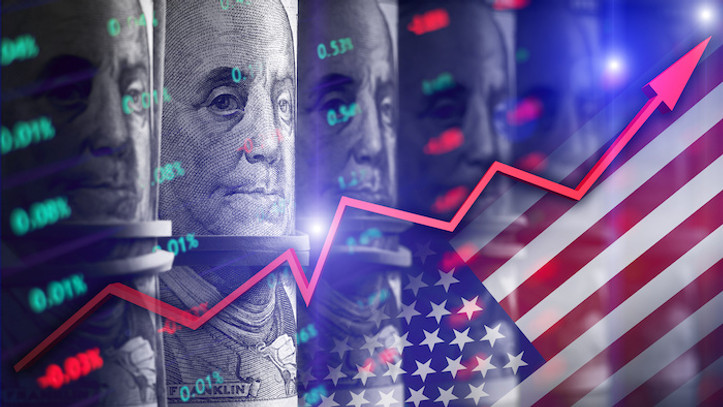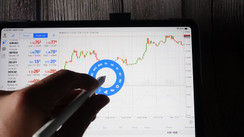A recent burst of solid economic data bolstered market expectations of tighter monetary regulation from the Federal Reserve, which led to a little decline in the dollar on Monday but kept it close to Friday's six-week high. Although it is up about 1.8% for the month, the U.S. dollar index fell 0.14% to 103.83, leaving it on track to post its first monthly rise since late September. On Friday, it reached a six-week peak of 104.67. There is now greater expectation that the U.S. central bank will need to do more to control inflation and that interest rates will need to rise as a result of a flood of data coming out of the largest economy in the world in recent weeks that point to a still-tight labor market, sticky prices for consumers, strong retail sales, and higher producer prices.
However, economists claimed that the trend in the dollar may have peaked for the time being because markets now anticipate the Fed funds rate will peak at slightly about 5.3% by July. The dollar has moved quite a bit this month as a result of rate repricing; the issue is how far it will go. The U.S. dollar has been supported by Fed officials' pessimistic remarks, which suggested that raising interest rates would be necessary to successfully combat inflation.
Similar to this, two ECB policymakers stated on Friday that there is still room for interest rates to climb in the euro zone, driving up market pricing for the maximum ECB rate.They predict that the U.S. anti - inflation process will pick up steam in the second quarter, while inflation in Europe is expected to remain stubbor They further anticipate that dollar rates will more quickly move lower, whereas they think Euro rates are generally likely to stay at current levels..
The dollar/yen exchange rate was unchanged at 134.18. Prior to the release of the Reserve Bank of Australia's most recent policy meeting minutes on Tuesday, the Australian dollar increased 0.4% to $0.6909. As anticipated, China in Asia held its benchmark lending rates steady for a sixth consecutive month in February as the region's second-largest economy continued to show signs of rebounding from a pandemic-related slowdown.





